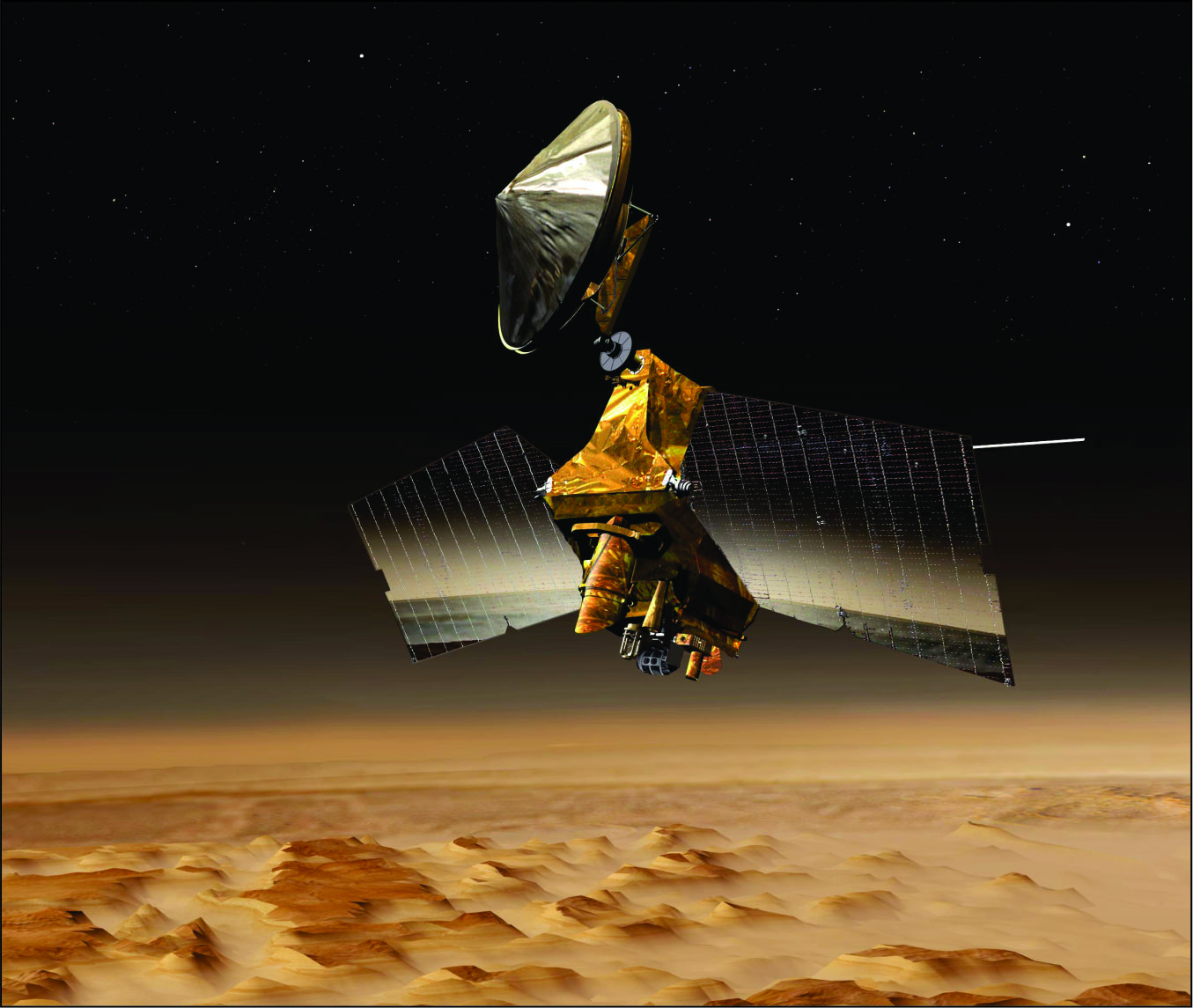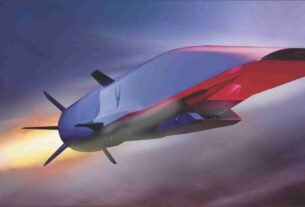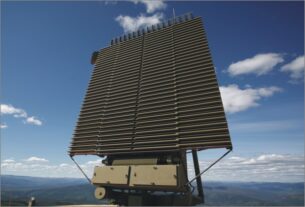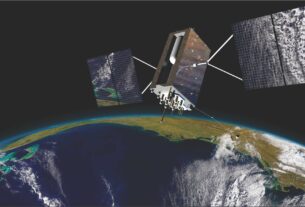With the Government of India dithering over giving final clearance to the much talked of high profile programme for the Indian manned spaceflight, this project of national importance has ceased to be on the priority list of the Indian Space Research Organisation (ISRO).
For the sustained focus of ISRO on the Mars orbiter mission implied that the manned mission was relegated to the background. During the second half of the last decade, there was much excitement in the country over the possibility of the Indian manned mission catapulting the country into the select league of countries that have successfully accomplished such a feat. So far only USA, Russia and China have sent manned missions to space.
This ambitious space mission, which could have electrified the nation much the same way as the moon landing achievement of July 1969 helped boost the psyche of US, does not figure in twelfth plan profile (2012-17) of the Indian Space Department. However, ISRO Chairman K Radhakrishnan claims that “very good progress” has been made in terms of developing critical technologies as part of the pre project studies of the Indian manned mission.
“We have not declared it as a program. We must have a reliable, man rated vehicle,” said K Radhakrishnan, Chairman, ISRO. We are not going to see the human spaceflight as a program in the twelfth plan period”.
As it is, the Indian manned flight was planned for launch by around the middle of this decade. By all means, the Indian manned mission in addition to giving a new thrust and direction to the Indian space program, has the potential to sharpen scientific skill, technological acumen and industrial resurgence in the country. Moreover, the spin offs derived from the technologies developed for the manned mission could find wide range of applications in the civilian sector including the health care area.
Mission objective
The objective of the mission is to launch a three tonne class orbital vehicle carrying a crew of two or three members to 300- km low earth orbit and return them safely to the pre-defined destination on the earth. Currently, the pre project activities of the programme focuses on the technical and managerial issues related to the mission. The thrust is on the development of critical technologies for sub systems including Crew Module (CM) and Environmental Control and Life Support Systems (ECLSS). Indeed, ISRO would need to develop new and innovative systems and facilities including astronaut training facility, a crew escape system and a man rated launch vehicle.
It was in 2006 that the Indian scientific community had given a go ahead for this mission of great strategic significance. While endorsing the Indian manned mission, the Indian scientific community felt that the time is now appropriate for India to undertake such a mission in keeping with the status of the country as an emerging economic and technological super power.
The feeling was that ISRO has sufficient level of expertise and maturity in many area of the cutting edge technologies needed for a successful manned mission. All said and done, western space analysts familiar with the global manned mission profile point out that the biggest hurdle in the way of India realizing its plan for manned mission would lie in designing and developing a reliable space capsule.
Clearly and apparently, this is an area where ISRO has absolutely no experience; thereby implying that India should begin from scratch in so far as developing the space capsule is concerned. India seeking Russian assistance for developing the manned space capsule is very much on the cards.
Interestingly, China was extensively supported by Russia in its task of developing its manned space ship. Moreover, Chinese astronaut candidates had the opportunity of getting trained at the Russian Star City.
Though ISRO had released the concept design of the crew vehicle for the Indian manned mission way back in early 2009, it has not yet made public the road map it would adopt to realize this crew vehicle embodying cutting edge technological elements. Of course, as part of the Indo-Russian space pact signed in 2008, Russia has offered its support to the Indian manned mission. As it is, Sq Ldr Rakesh Sharma became the first Indian to go into space after he flew on-board the Russian Soyuz-T-11 space ship way back in 1984.
Analysts believe India’s manned mission plan is a response to the success of its neighbour in this crucial area of space exploration. But then ISRO has made it clear that it is not in race with any other country in so far as the exploration of the final frontiers is concerned. Of course, ISRO is clear in its perception that the manned mission will be a national endeavour involving several scientific and academic institutions, research organisations and industrial units.
Developments required
ISRO is fully aware that it will have to begin from scratch in developing a range of new technologies for the mission. ISRO has already joined hands with the Bangalore based Institute of Aviation Medicine (IAM) of the Indian Air Force (IAF) for the setting up of a well equipped facility required for training the prospective Indian astronaut candidates.
This Rs 10-billion facility, which will be located on the outskirts of Bangalore, will be equipped with a radiation simulator chamber to help the astronaut candidates handle radiation from the sun, a centrifuge to enable manoeuvres in outer space, a zero gravity simulator to familiarize the astronauts candidates with conditions in outer space and hardware meant to train astronauts fly the spaceship.
ISRO believes that India’s manned mission is a crucial step in the direction of the future plans of ISRO to send a man to planetary targets including the moon. ISRO will tap the human expertise, scientific talent and technological infrastructure to the fullest extent to give a push to the Indian manned mission.
All said and done, India’s manned mission as well as futuristic plans for planetary exploration represents a clear cut dilution of the original philosophy with which India launched space program way back in Nov 1963 with the launch of a 9-kg sounding rocket from the fishing hamlet of Thumba near the South Indian city of Thiruvananthapuram.
For way back in 1960s Dr Vikram A Sarabhai, the architect of the Indian space programme had observed, “We don’t have the fantasy of competing with the economically advanced nations in the exploration of the moon or planets or manned flights. But we are convinced that to play a meaningful role nationally and in the community of nations, we must be second to none in the application of advanced technologies to the real problems of man and society which we find in our country”.
As part of its human space flight program, Indian scientists are planning to design and develop an indigenous space suit. It will be designed to protect astronauts against extremes of temperature compounded by intense solar radiation in space during the mission. Space suit technology is zealously guarded secret of a handful of space faring nations. To this end, ISRO has entered into an agreement with DEBEL (Defence Bioengineering and Electromedical Laboratory) which focuses on research and development in the areas of aeromedical equipment, human engineering related to aviation, biomedical engineering and life support systems for the fighter aircraft. Developing a space suit capable of withstanding extremes of conditions in outer space including radiation poses a stiff engineering challenge.
DEBEL, a part of the Defence Research and Development Organisation (DRDO) will draw upon its experience in life support systems, technical textiles and materials during the development of space suit. S Selvamurthy, Chief Controller of Research and Development (Life Sciences and International cooperation) at DRDO says that this is for the first time that the country will be developing a space suit. On the other hand, Mysore based Defence Food Research Laboratory (DFRL) will develop menu for the Indian astronauts. Incidentally, DFRL also had the distinction of providing food for the pioneering Indian astronaut Rakesh Sharma.
To support the manned mission, a third launch pad complete with facilities for entry into crew capsule and escape chute is being set up at the Satish Dhawan Space Centre (SDSC) in Sriharikota Island on India’s eastern coast.
Challenges
However the biggest challenge ahead of ISRO will be realizing a man rated version of the high performance GSLV-MKIII vehicle for orbiting the manned space ship. With ISRO still struggling it out to qualify the home grown cryogenic engine stage for the GSLV-MKII vehicle, readying a man rated version of GSLV-MKIII for the manned mission will not be an easy task.
As part of the pre project activities, drop tests of full scale crew module were conducted successfully to understand the deceleration characteristics and validate the estimated values of ‘g’ level, touchdown velocity and depth of penetration.
Scale models of crew module have been realized for heat transfer studies, plasma wind tunnel tests and aero ballistic range tests were conducted. Mortar based parachute ejection and deployment tests carried out in single and clustered configuration. Environmental simulation chamber has been realized for testing ECLSS (Environmental Control and Life Support System) functional modules and flight suit systems. Flight suit has been successfully tested in vacuum chamber for leak rate assessment and material compatibility under vacuum conditions.
Today China happens to be the only space power to sustain human space exploration with both USA and Russia showing a clear dis-interest in this crucial area of space research. The Shnezhou-10 mission launched in June 2013 marked a major milestone in China’s manned space programme with a particular focus on the goal of realizing an autonomous manned orbital complex by the end of this decade. This was the last of three planned missions to master rendezvous and docking techniques that hold the key for the operations of a permanent manned orbiting station. The 60-tonne orbital complex that China plans to realize by 2020 will make this dragon country the only space power to have a permanent presence in outer space with the front runners, Russia and USA, far from keen on continuing with the manned missions. China, which launched its first manned mission in 2003, is also planning for a lunar landing mission sometime early next decade.
While the Chinese manned space exploration program is gathering momentum, the Indian manned flight programme is in a very rudimentary stage. Failure to get the budgetary approval for this nationally important space project has conspired to put the Indian human flight program in the back burner.
The Indian Government is totally oblivious of the importance of an Indian manned flight and the benefits and advantages it could bring to the country on a variety of fronts.





